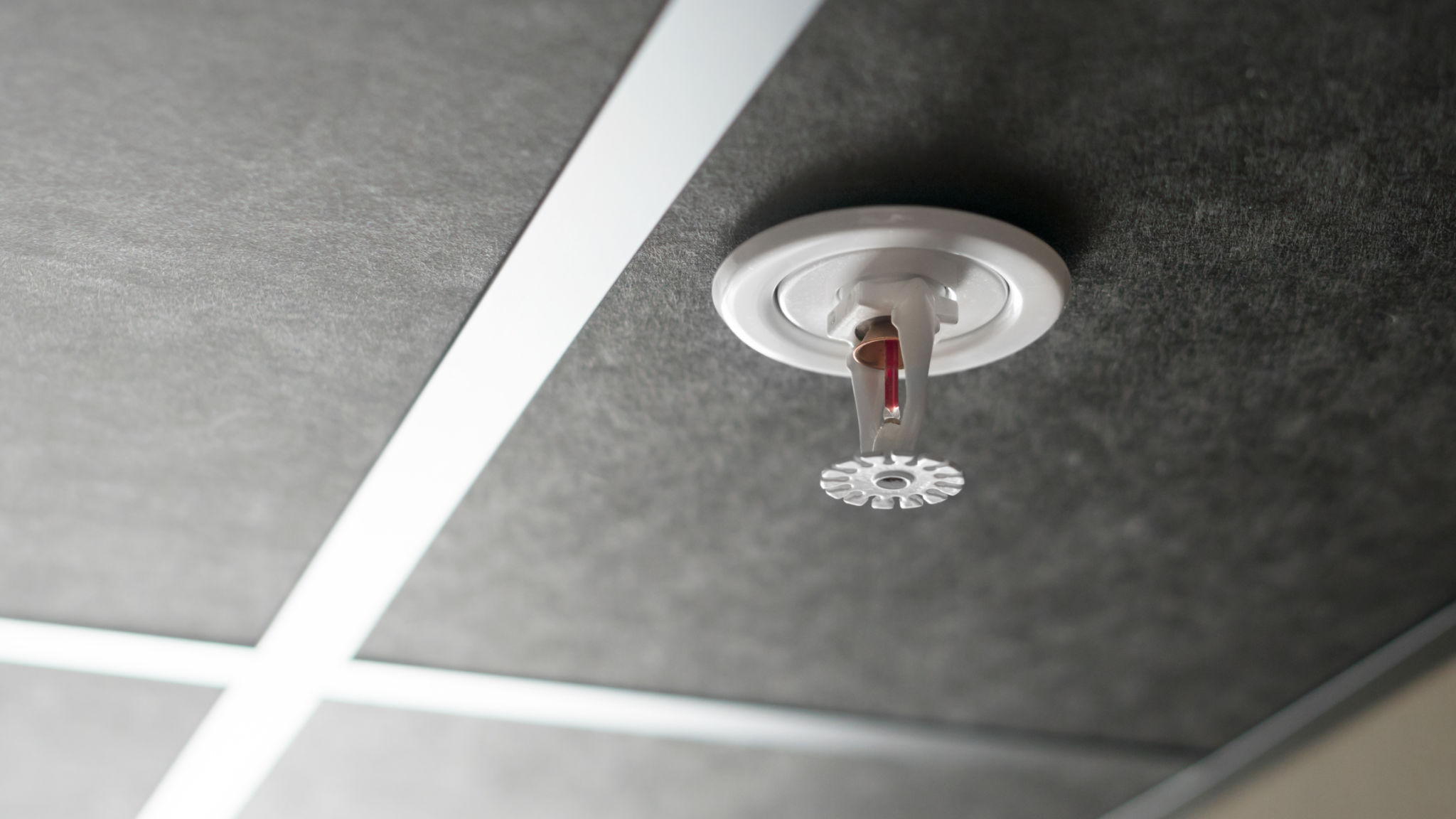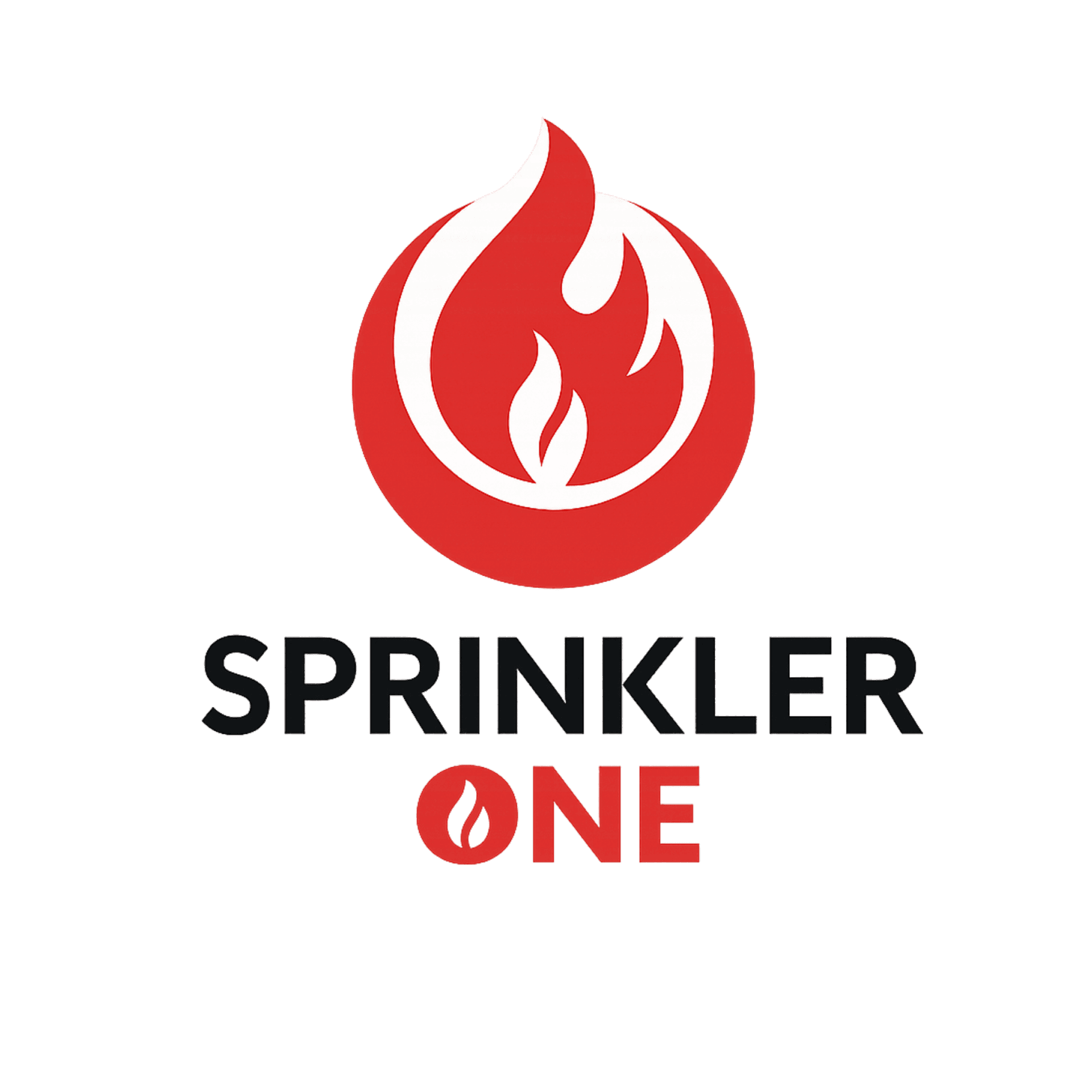Myth-Busting: Common Misconceptions About Fire Sprinkler Systems
Understanding Fire Sprinkler Systems
Fire sprinkler systems are often misunderstood, leading to various myths and misconceptions about their functionality and effectiveness. These systems are critical for ensuring safety in residential and commercial buildings, yet misinformation can deter people from installing them. In this blog post, we'll debunk some common myths about fire sprinkler systems to help you make informed decisions regarding fire safety.

Myth 1: All Sprinklers Activate at Once
One of the most prevalent myths is that when a fire occurs, all the sprinklers in the building will activate simultaneously, potentially causing unnecessary water damage. In reality, fire sprinklers are designed to respond individually to heat. Each sprinkler head operates independently and activates only when the surrounding temperature reaches a specific threshold, typically between 135°F to 165°F.
This targeted response minimizes water usage and reduces the risk of water damage. By controlling the fire early with a limited number of sprinklers, the system effectively contains the fire, preventing it from spreading further.
Myth 2: Sprinkler Systems Cause More Damage Than Fire
Another common misconception is that sprinkler systems will cause more damage to property than the fire itself. However, sprinklers release water at a much lower rate compared to firefighting hoses. A single sprinkler head discharges approximately 15-25 gallons of water per minute, while a firefighter’s hose can release up to 150 gallons per minute.

By controlling the fire at its source, sprinkler systems significantly reduce smoke damage and limit the spread of flames, ultimately preserving the structure and its contents far more effectively than if firefighters were needed to extinguish an out-of-control blaze.
Myth 3: Sprinklers Are Expensive to Install and Maintain
Many people believe that installing and maintaining a fire sprinkler system is prohibitively expensive. While there is an initial cost for installation, the long-term benefits far outweigh these expenses. Insurance companies often offer significant discounts on premiums for properties equipped with sprinkler systems, leading to substantial savings over time.
Moreover, modern systems are designed for durability and require minimal maintenance. Routine inspections and occasional testing ensure that they remain in optimal working condition, providing peace of mind without breaking the bank.

Myth 4: Sprinklers Are Unattractive and Disruptive to Interior Design
Concerns about aesthetics often lead to hesitance in installing sprinkler systems. Contrary to this belief, modern sprinklers come in a variety of designs and finishes that blend seamlessly with different interior styles. Concealed models are available that remain hidden until they are activated, preserving the aesthetic integrity of your space.
Architects and designers now have more flexibility in integrating these life-saving systems without compromising on visual appeal. Ultimately, safety does not have to come at the expense of style.
The Importance of Correct Information
Clearing up these misconceptions is crucial for increasing the adoption of fire sprinkler systems in both new and existing buildings. Understanding their true capabilities and benefits empowers property owners to make informed decisions that prioritize safety without succumbing to unfounded fears or myths.
As more people become educated about the advantages of fire sprinkler systems, we can collectively work towards reducing fire-related injuries and fatalities. Remember, when it comes to safeguarding lives and property, investing in reliable fire protection is a decision that pays off in countless ways.
